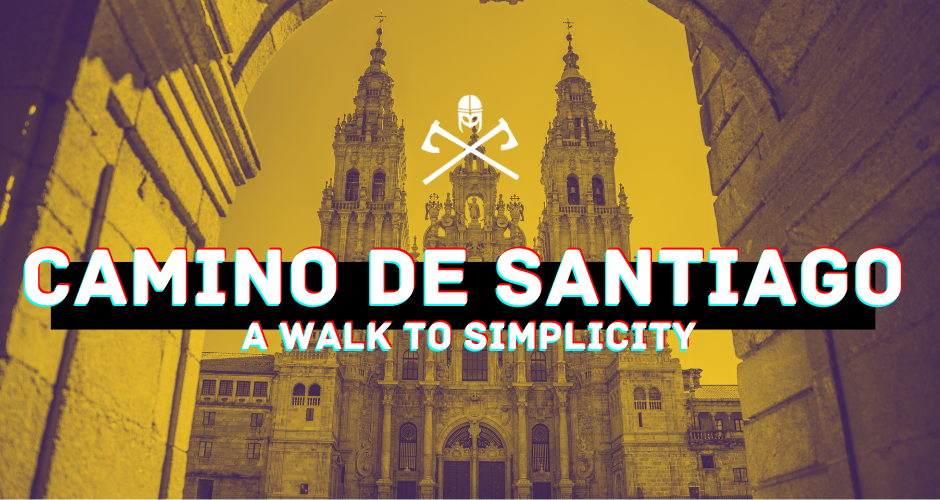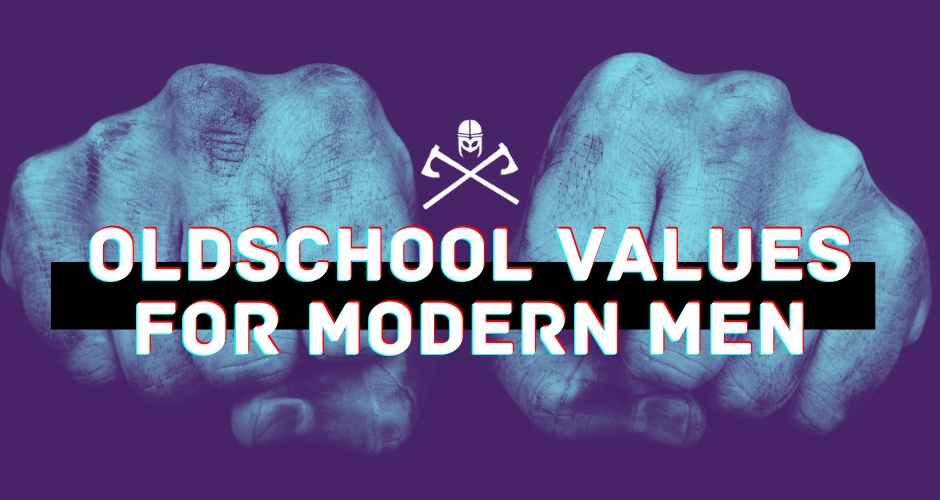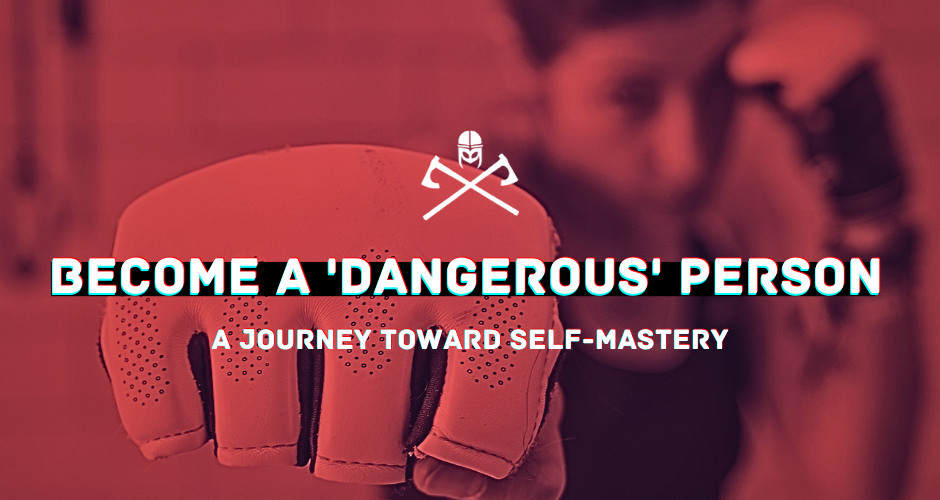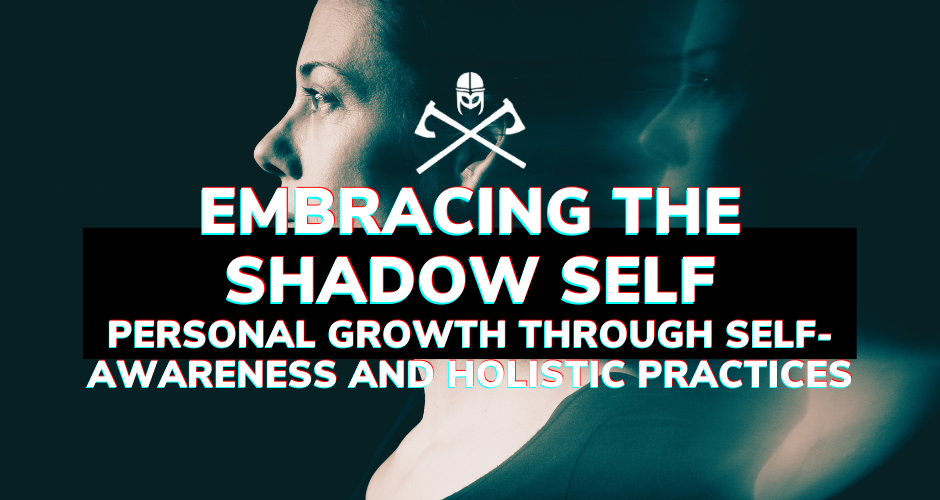
by Gene Crawford | Mar 11, 2024 | Podcast
There are journeys that challenge the body, and then there are those that transform the soul. In this captivating episode we’re taken along on one such transformative journey—the Camino de Santiago.
The episode unfolds with Andrew Askins, where his tale becomes more than just an exploration of an ancient trail; it’s a testament to the bonds of friendship and the birth of unexpected passions. Andrew’s account of his spiritual and physical pilgrimage along the ancient Camino de Santiago reveals a profound truth: resilience and camaraderie are transformative powers that guide us through life’s challenging paths.
What is it about the Camino that inspires such profound reflection? Perhaps it’s the shared struggle, a “trauma bonding” of sorts, as Andrew suggests. There’s something about enduring the grueling task of a 500-mile hike that fosters deep connections, akin to those forged in the disciplined practice of martial arts or the challenges of running a business.
The episode is a call to embrace minimalism and the essence of life unveiled on an ancient trek of transformation. As Andrew shares reflections on the Camino, we’re reminded of the importance of taking a break to reset not just our minds but also our hearts. It’s an invitation to step off the beaten path and discover that the most rewarding destinations often lie beyond the familiar.
(more…)

by Gene Crawford | Feb 11, 2024 | Podcast
When Luke Nichols casts his line into the water, he’s not just fishing; he’s reeling in life lessons on the essence of modern masculinity. Similarly, Tony Polcari navigates the cityscape, his lifestyle a canvas showcasing how vibrant urban living aligns with ageless virtues. This episode stitches together the narratives of these two extraordinary men, revealing the tapestry of hard work, integrity, and respect that forms the core of genuine manhood. Their diverse paths converge on a shared truth: that masculinity, at its finest, is about nurturing without the need for showing off your outer strength.
Have you ever wondered how mental fortitude can be honed like a blade, sharp enough to cut through life’s toughest challenges? That’s precisely what Cam Haynes and David Goggins have mastered. Their insights form a critical part of our discussion on the power of directness and the art of difficult conversation. This episode becomes a crucible, transforming old-school virtues into modern-day strategies for anyone willing to embrace the journey toward self-awareness.
As the saying goes, the more things change, the more they stay the same. This rings true as we explore the ancient wisdom of the Bushido code, finding these ancient principles not just relevant but vital in our present-day hustle. Whether it’s the discipline of never dining alone or the transformative ‘I get to’ mindset, these values are the cornerstones of our daily interactions and personal standards.
I invite you to walk the path of discovery with me, carrying forward the lessons that have withstood the trials of time, for a tomorrow that’s built on the bedrock of integrity and self-improvement.
(more…)

by Gene Crawford | Jan 14, 2024 | Podcast
Get set for an adventure into personal mastery! Heather and I promise a journey of self-discovery as we share insights into becoming a ‘dangerous’ person – a term we use to describe someone possessing mental resilience, physical strength, and a deep sense of self-awareness. Guiding you through the five mountains of self-mastery, as taught to me by Coach Mark Divine, we’ll arm you with practical advice on developing mental, physical, and spiritual strength.
This episode is not just about mental grit; we explore the therapeutic power of writing down your negative thoughts and setting clear goals. We share our personal experiences and strategies for maintaining focus and holding boundaries. Inspired by a quote from Warren Buffet, we delve into the importance of prioritizing and the value of saying ‘no’. We also highlight the significance of physical strength, discussing our experiences with fitness challenges like 75 Hard and No Zero.
We’ll get candid about the importance of venting and trusting allies, the potential pitfalls of holding grudges, and how to build self-awareness. We encourage you to embrace discomfort, overcome fear, and step out of your comfort zone. By the end of the episode, you’ll be ready to confront your fears and uncertainties with integrity, and become an all-around badass, fully equipped to tackle any obstacle that comes your way. So, buckle up and get ready for a deep dive into the journey towards becoming a ‘dangerous’ person!
(more…)

by Gene Crawford | Nov 8, 2023 | Blog
In a world bustling with constant activity and noise, finding moments of introspection and self-discovery can be challenging. Jay Shetty’s thought-provoking quote, “You are not what you think you are, you are not what others think you are but you are what you think others think you are,” encapsulates the essence of his book “Think Like a Monk.” This article delves into the transformative wisdom embedded in this statement and how it can lead us towards a path of self-awareness, inner peace, and personal growth.
You are not what you think you are, you are not what others think you are but you are what you think others think you are.
Jay Shetty
Understanding the Inner Narrative:
Our perception of ourselves is often shaped by a blend of self-judgment and the expectations we perceive from others. Shetty’s message encourages us to break free from these constraints and embark on a journey of self-acceptance. By quieting the cacophony of external opinions, we gain the power to define ourselves based on our true values and aspirations.
Transcending Societal Pressures:
Society’s constant demands and comparisons can be overwhelming, leading us to lose sight of our authentic selves. The quote reminds us that true fulfillment arises not from meeting external standards, but from aligning our thoughts and actions with our core beliefs. By recognizing the fallacy of seeking validation solely from others, we become architects of our own happiness.
Cultivating Self-Compassion:
A critical aspect of thinking like a monk is practicing self-compassion. This involves treating ourselves with the same kindness and understanding that we extend to others. By reframing our inner dialogue from self-criticism to self-love, we create a nurturing environment for growth and self-improvement.
Embracing Mindfulness:
Monks epitomize mindfulness, being fully present in each moment. Shetty’s insight prompts us to adopt this mindset in our daily lives. By focusing on the now, we break free from the shackles of past regrets and future anxieties. This shift in perspective empowers us to make conscious choices that align with our aspirations.
Nurturing Authentic Relationships:
The quote encourages us to disentangle ourselves from the opinions others hold of us, freeing us to cultivate genuine connections. When we authentically express ourselves, we attract individuals who resonate with our true nature, fostering deeper and more meaningful relationships.
Embodying Self-Empowerment:
Shetty’s words resonate deeply in the realm of self-empowerment. By shedding the weight of external expectations, we become architects of our destiny. Each decision we make, each thought we nurture, becomes a testament to our newfound autonomy.
Like a Monk
“Think Like a Monk” isn’t merely a book; it’s a transformative philosophy that empowers us to reclaim our narrative, break free from societal confines, and forge a path of authenticity and self-discovery. Jay Shetty’s profound quote serves as a guiding light, reminding us that our perception of self is within our control. By embracing these principles, we embark on a journey towards inner tranquility, purposeful living, and holistic growth. So, let’s embark on this path of self-mastery and “think like a monk.”

by Gene Crawford | May 14, 2023 | Podcast
In this episode, we dive deep into confronting our shadow archetype, a concept introduced by Carl Jung that refers to the unconscious aspects of our personality that we reject or deny. We discuss the importance of self-awareness, embracing our shadow selves, and how doing so can lead to personal growth and a deeper understanding of ourselves. We also explore the impact of psychedelic substances, such as psilocybin and ketamine, on our subconscious, and how they may help us confront our shadow selves. Additionally, we delve into holistic health practices, such as meditation, journaling, and mindful eating, as well as enhancing communication and trust through coaching. Join us as we embark on a journey of self-discovery and confront the darker aspects of our personalities that we too often avoid or suppress.
(more…)





